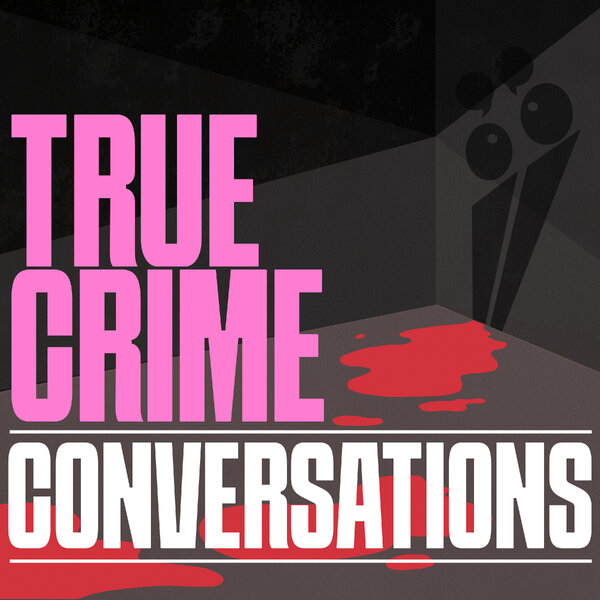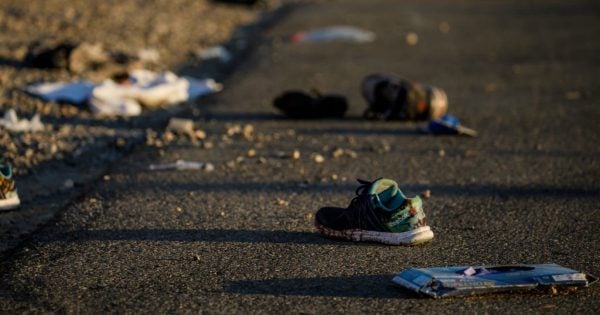By Frederic Lemieux, Georgetown University
America has experienced yet another mass shooting, this time at the Mandalay Bay Resort and Casino on the strip in Las Vegas, Nevada. It is reportedly the deadliest mass shooting in U.S. history.
As a criminologist, I have reviewed recent research in hopes of debunking some of the common misconceptions I hear creeping into discussions that spring up whenever a mass shooting occurs. Here’s some recent scholarship about mass shootings that should help you identify misinformation when you hear it.
1. More guns don’t make you safer.
A study I conducted on mass shootings indicated that this phenomenon is not limited to the United States.
Mass shootings also took place in 25 other wealthy nations between 1983 and 2013, but the number of mass shootings in the United States far surpasses that of any other country included in the study during the same period of time.
The U.S. had 78 mass shootings during that 30-year period.
The highest number of mass shootings experienced outside the United States was in Germany – where seven shootings occurred.
In the other 24 industrialized countries taken together, 41 mass shootings took place.
In other words, the U.S. had nearly double the number of mass shootings than all other 24 countries combined in the same 30-year period.
Another significant finding is that mass shootings and gun ownership rates are highly correlated. The higher the gun ownership rate, the more a country is susceptible to experiencing mass shooting incidents. This association remains high even when the number of incidents from the United States is withdrawn from the analysis.






























































































